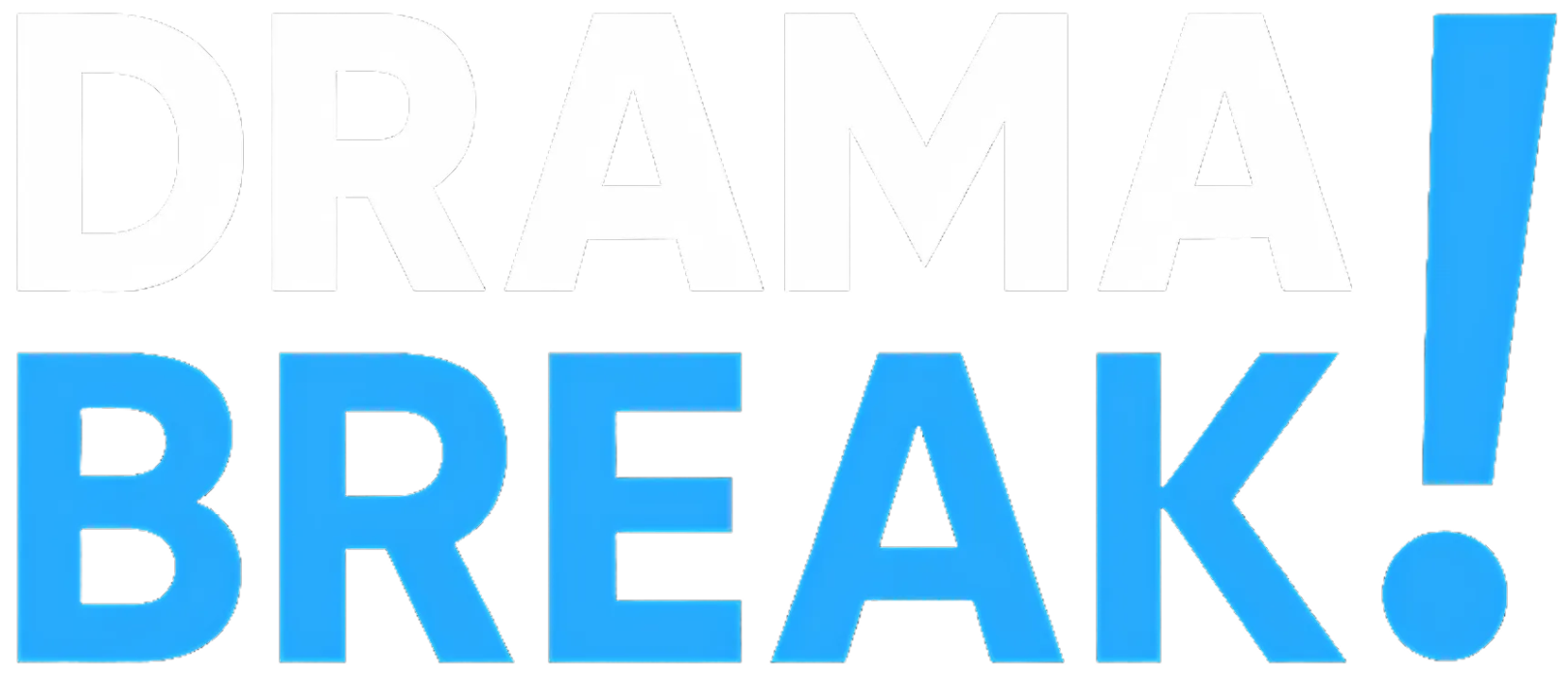The constructed atmosphere of Los Angeles — as nicely its opaque soul — is on show at UCLA’s Hammer Museum because it opens the seventh version of its standard Made in L.A. biennial, that includes 28 artists with deep connections to the sprawling metropolis. The 2023 exhibition, titled “Acts of Residing,” was largely knowledgeable by the pandemic. This yr there is no such thing as a title or theme, with curators Essence Harden and Paulina Pobocha counting on the work itself to shine a lightweight on the amorphous nature of the town.
Throughout a sneak-peek tour of the still-unfinished galleries just a few days earlier than the present’s opening final Saturday, Harden and Pobocha mentioned the finer factors of the exhibition, together with how they staged the work by juxtaposing varied artists and historic references to focus on the interconnections of the artwork, reasonably than devoting every gallery to a single artist or time-frame.
“If there’s a Venn diagram, there’s a spot on this Venn diagram the place each artist overlaps when it comes to their curiosity,” mentioned Pobocha. “A lot of this work is about Los Angeles. There’s a form of wanting again at, an engagement with, the town itself and its impression, both on the artist within the present personally or on bigger populations.”
“Maintain the Ice” by Patrick Martinez is on show in Made in L.A. 2025 on the Hammer Museum in Westwood.
(Etienne Laurent / For The Instances)
There are shiny Pop Artwork sculptures by Pat O’Neill made with metal, fiberglass and items of outdated photographic gear and coated with automobile paint; cinder block murals and neon artwork by Patrick Martinez; large sculptures of doorways representing seasons and reminiscences by Amanda Ross-Ho; an interactive portray by Gabriela Ruiz in regards to the omnipresence of surveillance within the metropolis, significantly in Black and brown communities; analog movie and video artwork by Mike Stoltz; sculptures that appear like science experiments by Carl Cheng; nonetheless life-inspired photographs on material by David Alekhuogie; and a large-scale portray by Ali Eyal, who grew up in Baghdad throughout the U.S. invasion of Iraq earlier than shifting to L.A.
Eyal’s inclusion underscores that artists don’t need to be from L.A. to be a part of Made in L.A., Harden mentioned.
“L.A. is a worldwide place, and the impression of L.A. and of America can be international,” she mentioned. “So the connection to this place, and somebody who chooses to be right here or needs to be right here — regardless of the case is perhaps — is essential to how the town varieties.”

“Nonetheless life with okra, corn, and tomato” by David Alekhuogie, 2022.
(Etienne Laurent / For The Instances)
The bottom flooring of the present lays the inspiration for every thing to return, Harden and Pobocha defined, standing close to the re-creation of a mural titled “Eye on ’84,” which was made by Alonzo Davis for the 1984 Olympics and initially painted on a concrete wall of the 110 Freeway. Davis died earlier this yr at age 82.
“How do you get the most individuals to see probably the most artwork? And for L.A., which means the freeways,” mentioned Harden. “However once more, the freeways are basic constructions that divided the town and created all types of underclasses, which actually affected a lot of folks of colour and much of people that had been working class.”
Davis, nevertheless, inverted that paradigm to make the most of the freeway as a unifier, she added.
The present options wall textual content with a quote by Beat poet and author Jack Kerouac. “L.A. is the loneliest and most brutal of American cities,” it reads, echoing a typical critique of one of many world’s most misunderstood city areas. Made in L.A. 2025 corrects that false impression, the curators mentioned.
“If you don’t dwell in Los Angeles, you would possibly assume that there’s no neighborhood and that every thing is fractured,” mentioned Pobocha. “And I believe one of many issues that you simply see all through the course of this presentation is that, the truth is, there are such a lot of factors of connection, particularly within the arts neighborhood.”

